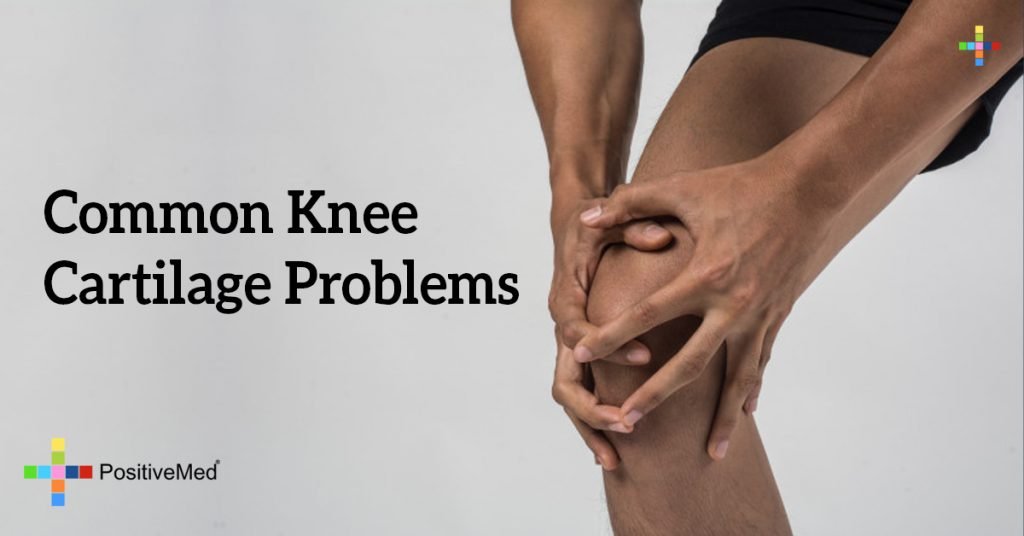
Common Knee Cartilage Problems
Cartilage is tough, flexible, connective tissue with a rubbery feel that covers the ends of bones. It’s found almost everywhere in the skeletal system to protect joints and allow bones to move freely against each other. It is because of cartilage that we are able to bend our knees and elbows without pain. Degradation of cartilage increases friction of bone movement which can cause excruciating pain. Loss of cartilage can also affect the shape of the joint, which can hamper it’s smooth functioning.
Causes of degradation include injuries, excessive exercise, and wear-and-tear, including from aging, resulting in swelling, severe pain, and stiffness. Lack of activity is also a major cause of cartilage damage, prolonged periods of inactivity increase risk.
Here are some problems that can occur with breakdown of cartilage:
• Arthritis
Osteoarthritis and post-traumatic arthritis can destroy cartilage. Knee cartilage gradually deteriorates due to normal wear. A study published by “Arthritis Care & Research,” Louise Murphy, Ph.D., and colleagues reported that lifetime risk for symptomatic osteoarthritis of the knee approaches nearly 50%, the risk varies by factors like aging, previous knee injuries, and weight.

• Meniscus tears
The meniscus is a type of cartilage that acts as a cushion for the knees. Traumatic injuries or degenerative changes in the knee can cause tearing of the meniscus. When it breaks down the torn pieces cause irritation with swelling and pain on either the outer side of the knee or on the inside depending on which meniscus is torn.
Usually less severe tears will not cause problems when walking, but may create problems with certain activities like twisting or fully bending the knee, reports the University of Washington Department of Orthopedics and Sports Medicine.
• Chondromalacia Patella
This is a degenerative ailment of the patellar cartilage that can be caused by overuse of knees or dislocation of the kneecap over the leg bones. People involved in activities that put pressure on the knees like cycling, running, soccer, and weightlifting are more prone to this problem. They usually experience localized pain with prolonged or repetitive knee bending accompanied by swelling and a grinding sensation.
Treatment:
• Conservative treatment
Conservative treatment works well for some people, this includes special exercises, use of non-steroidal anti-inflammatory drugs, and steroid injections. You may need physiotherapy and exercises that you can do at home. If the damage is mild this treatment is usually sufficient.
• Surgery
Those who don’t respond well to conservative treatment may require surgery. Your doctor will determine the type of surgery depending on age, level of activity, and depth and duration of the injury.
• Control weight, even losing 10% of your weight makes a huge difference if you are overweight. Being underweight is also hard on your joints and cartilage as they may not be receiving enough nutrients and healthy fats for optimal functioning.
• Eat a healthy diet rich in vitamins C, D, E, and omega-3 fatty acids.
• Flex and extend
Swelling around knees can be decreased by this simple exercise. Sit on a chair making sure your feet are not touching the ground. Bend your knees as much as you can then extend your legs outward. Perform 3 sets of 10-20 repetitions. If you feel excessive pain you should ease up on the movement. This will help you build flexibility over time.
• Chair position
Stand with your feet shoulder width apart with your back towards the wall. Lean back against the wall with your feet in front of you, put your hands on your waist and slide down until you are in a chair-like position. Don’t bend your knees more than 90 degrees. Slowly come back to starting position and repeat 8-10 times.
Note: Healing cartilage damage will take time, even 2-3 years. Be patient and let your body heal.
Sources: http://www.webmd.com/osteoarthritis/guide/osteoarthritis-prevention-1
http://www.healthline.com/health/osteoarthritis
http://www.ucsfhealth.org/education/a_females_aching_knees/
http://www.livestrong.com/article/169018-cartilage-problems-in-the-knee/
http://www.mayoclinic.org/diseases-conditions/knee-pain/basics/causes/con-20029534





